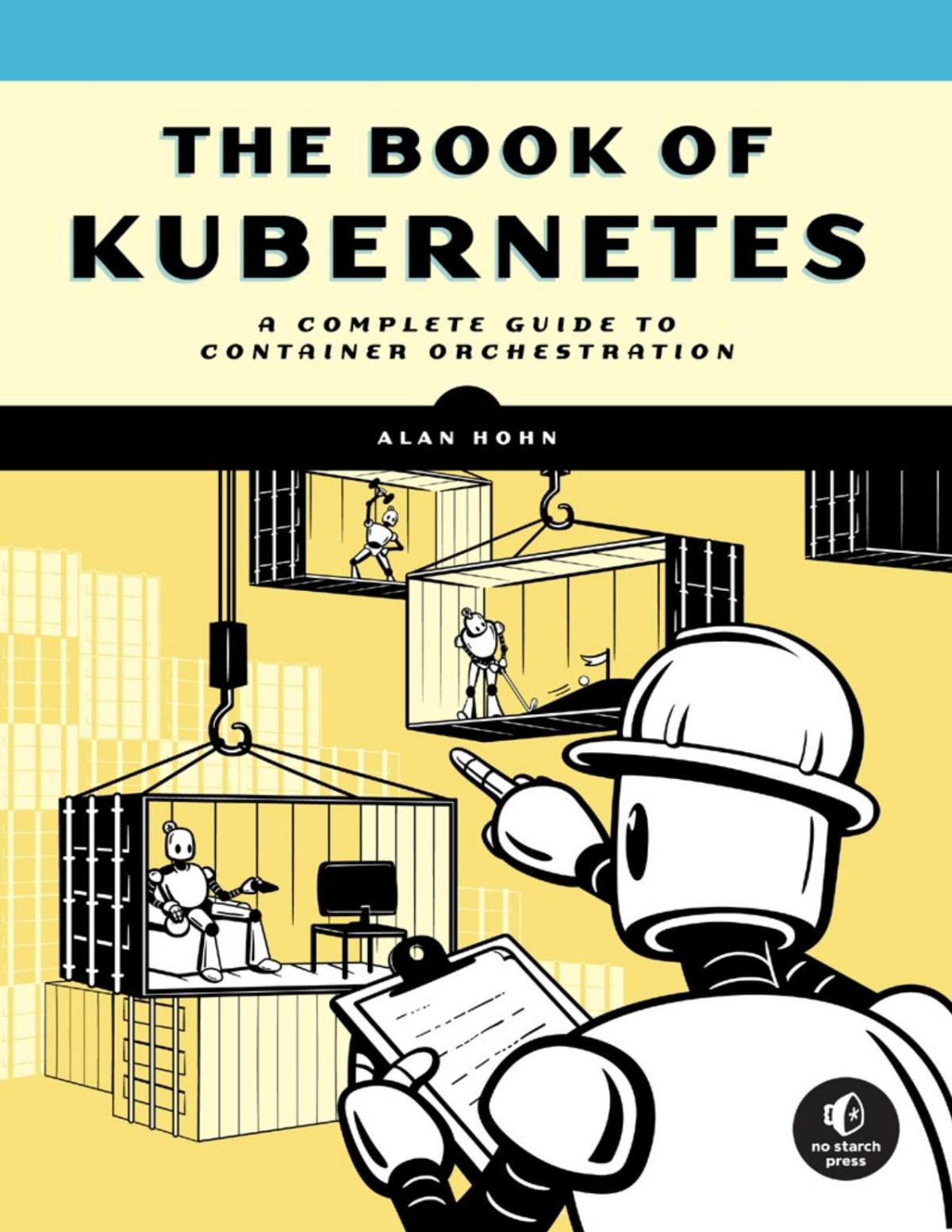

Most ebook files are in PDF format, so you can easily read them using various software such as Foxit Reader or directly on the Google Chrome browser.
Some ebook files are released by publishers in other formats such as .awz, .mobi, .epub, .fb2, etc. You may need to install specific software to read these formats on mobile/PC, such as Calibre.
Please read the tutorial at this link. https://ebooknice.com/page/post?id=faq
We offer FREE conversion to the popular formats you request; however, this may take some time. Therefore, right after payment, please email us, and we will try to provide the service as quickly as possible.
For some exceptional file formats or broken links (if any), please refrain from opening any disputes. Instead, email us first, and we will try to assist within a maximum of 6 hours.
EbookNice Team

Status:
Available5.0
27 reviewsContainers ensure that software runs reliably no matter where it’s deployed, and Kubernetes is the open-source platform that lets you manage all of your containers from a single control plane. In this comprehensive tour of Kubernetes, each chapter includes a set of examples with just enough automation to start your container exploration with ease.
The book begins with an overview of modern application architecture and the benefits of and requirements for containers and orchestration. It describes Linux control groups, process isolation, and network namespaces, and how to build container images. You'll then create containers, deploy and administer a Kubernetes cluster, and learn how to debug Kubernetes all the way down to the operating system and the network. You'll gain a deep understanding of containerization and Kubernetes, as well as how container networking works at the packet level across multiple nodes in a cluster. Along the way, you'll learn:
•How containers make applications more reliable and easier to maintain
•How to build a Kubernetes cluster and use it to run containerized applications
•Why container networking is so important and how it works in detail
•How to keep applications running well, and how to debug when things go wrong
•How to keep a cluster secure with authentication and role-based access controls